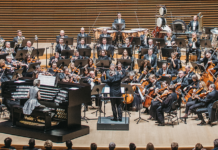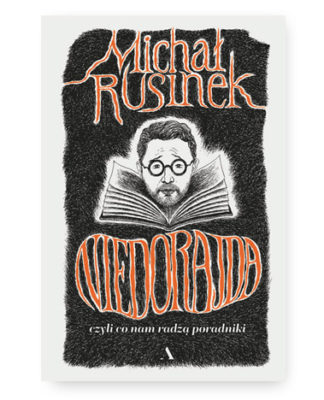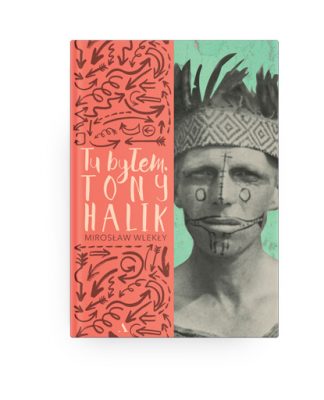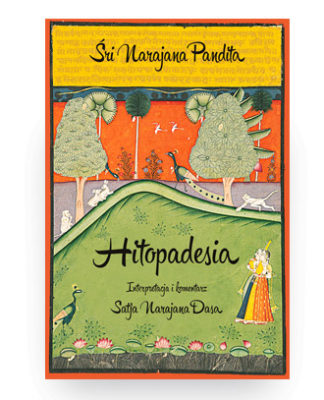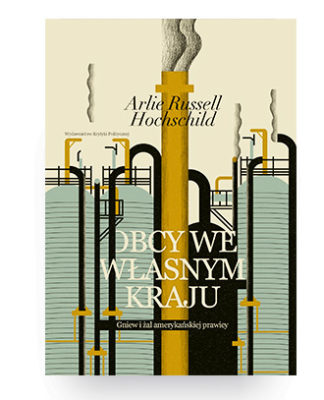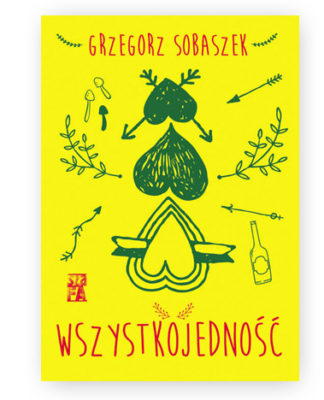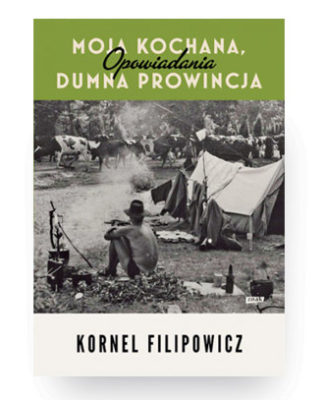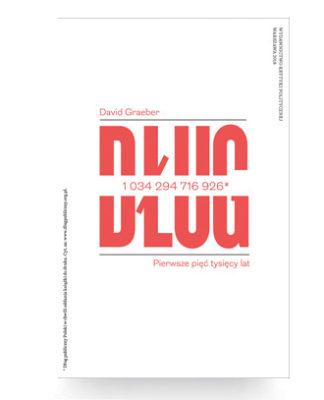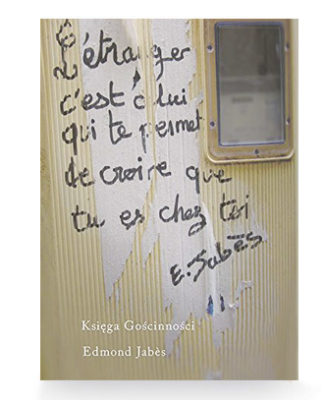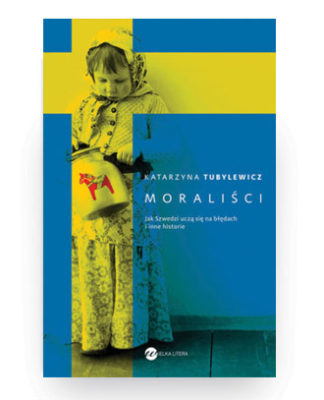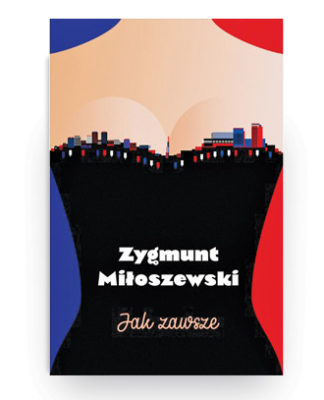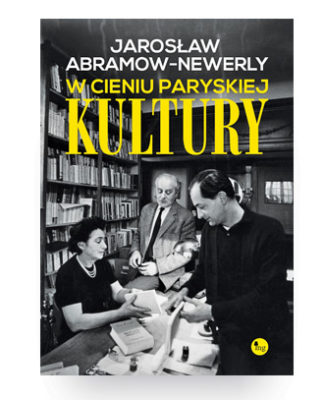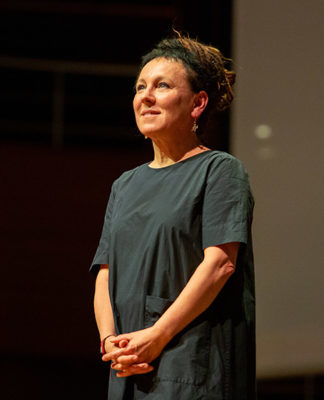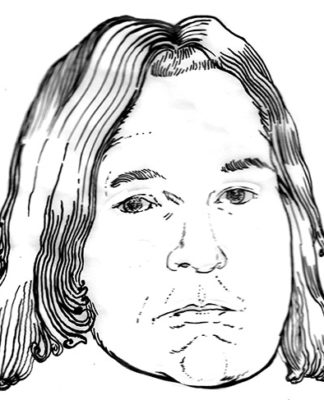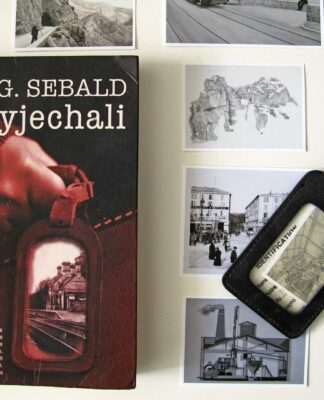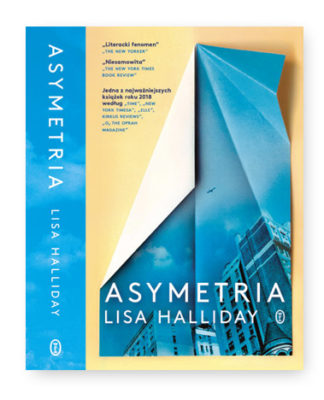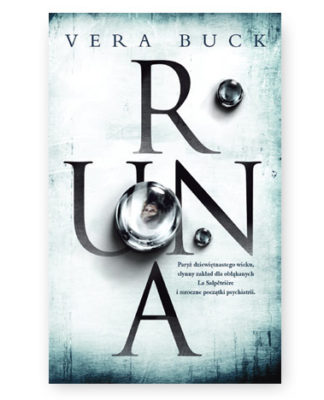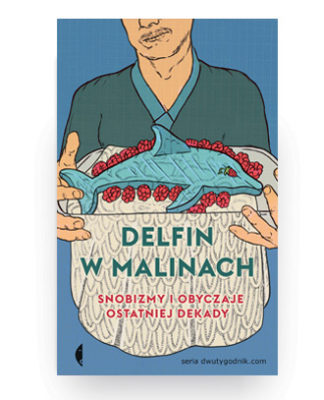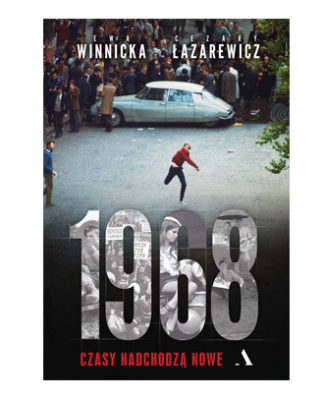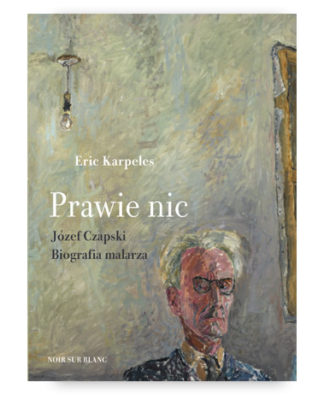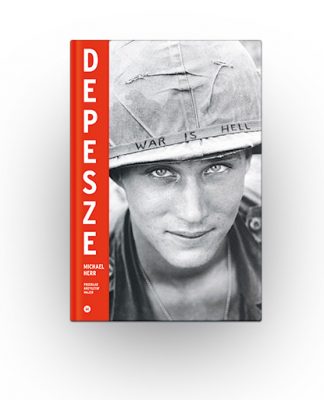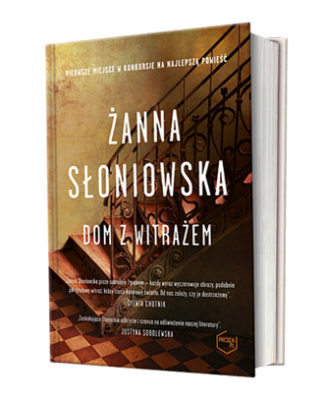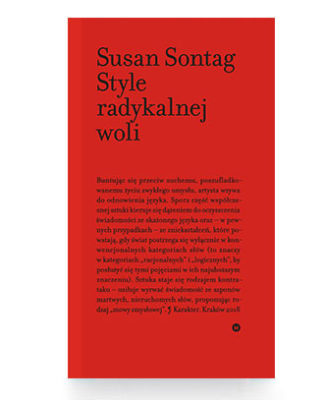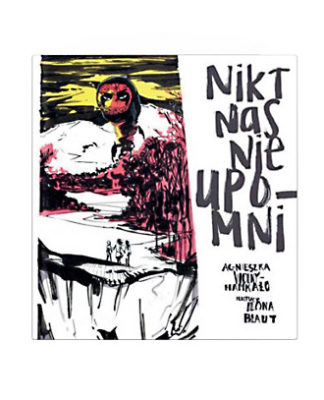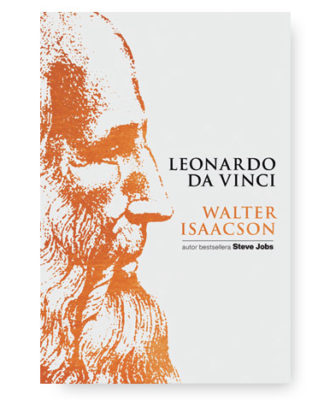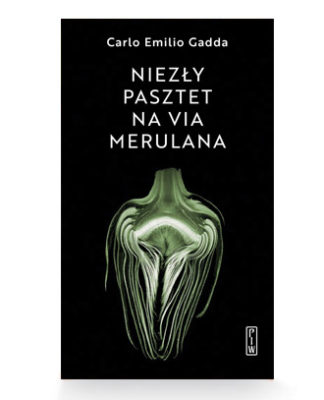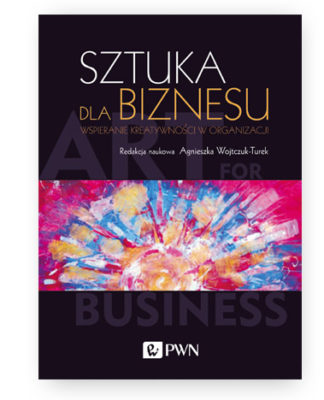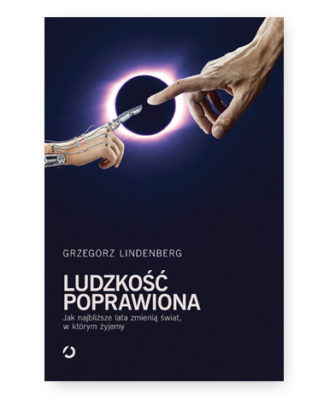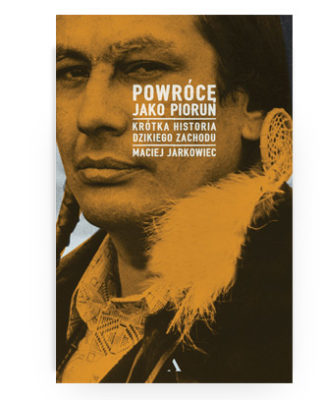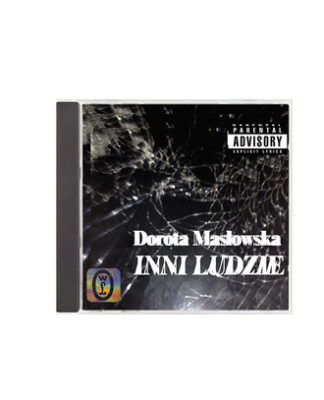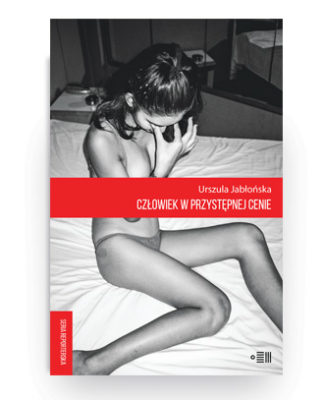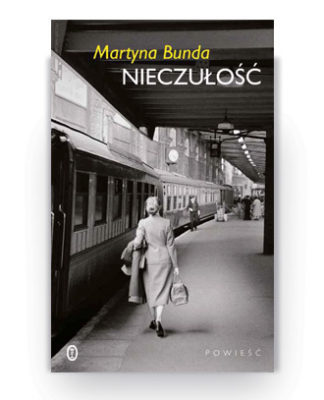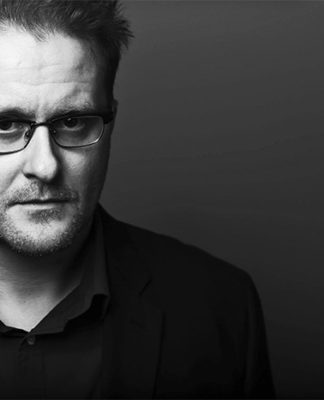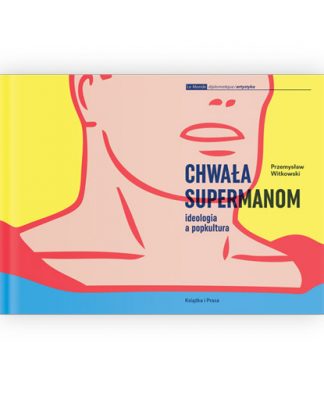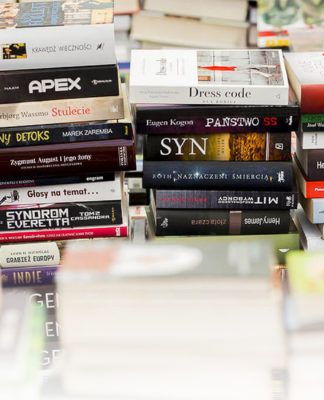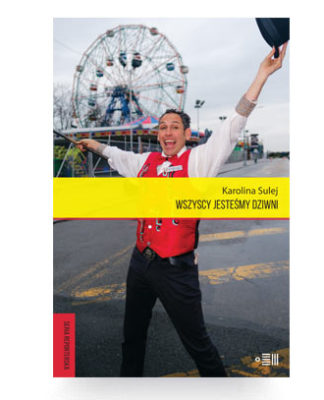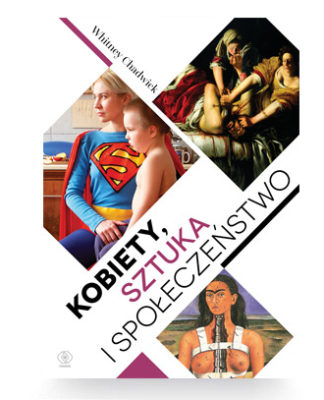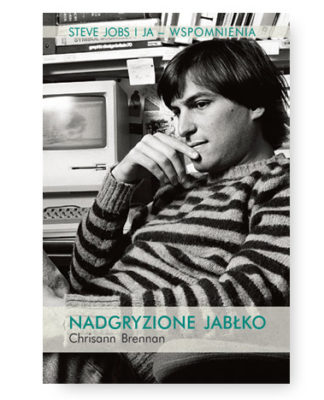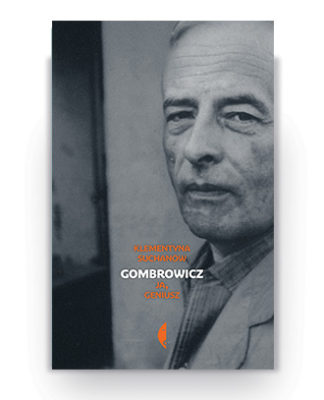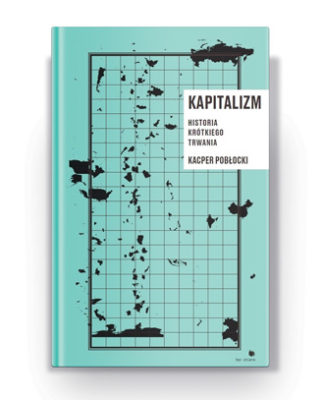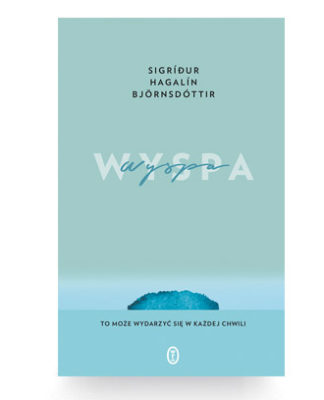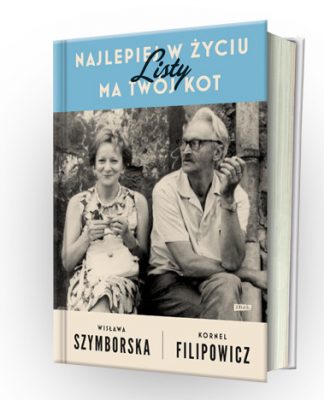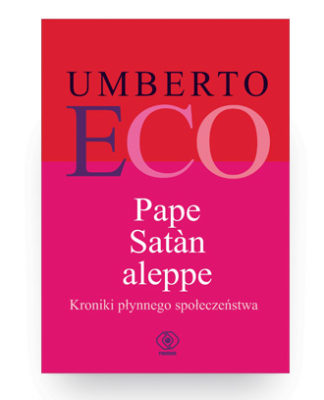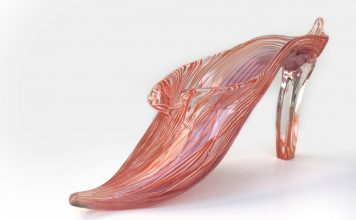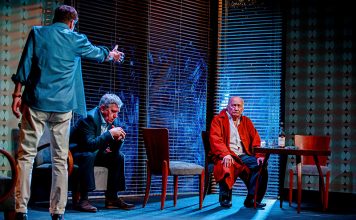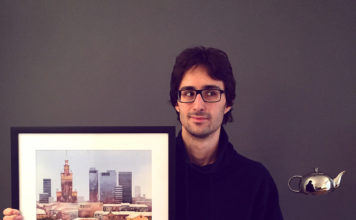Lise Lindstrom with Yonghoon Lee in Opera Australia’s Turandot in 2022. Photo: Prudence Upton
Kliknij tutaj, aby przeczytać wywiad w wersji polskiej.
Part 1
Turandot’s Crown
Lise Lindstrom is one of the world’s leading dramatic sopranos, thrilling audiences in roles such as Elektra and Salome on stages from the Metropolitan Opera, La Scala and the Wiener Staatsoper, to the Teatro San Carlo and the Arena di Verona. Known to Warsaw audiences for her performances as Senta in Mariusz Treliński’s production of Wagner’s The Flying Dutchman, she has just given her 200th performance as Turandot, while appearing in Graeme Murphy’s iconic production of Puccini’s masterpiece for Opera Australia at the Sydney Opera House. She talks to us on the eve of her return to Europe as Brünnhilde in Götterdämmerung with Opera Leipzig, and as Elektra at the Semperoper in Dresden.
Text: Jansson J. Antmann
This year’s season of Turandot in Sydney was your first opportunity to sing before a live audience since March 2020. What was it like to be wheeled out and tower over everyone again after such a long time?
On the “Turandot trolley”? [laughs]. It’s always something to start the opera at that point and sing „In questa reggia”, because there’s no forgiveness in that aria. It was more of a shock to actually receive applause at the end of the night. I won’t use the word unsettling, but I did think to myself, Gosh, there are people out there!
200 performances in the role is quite a milestone. Congratulations!
Well, the negative voices in your head will tell you it’s just because you can sing it and not die! To be quite honest, I’d lost count. I started keeping a spreadsheet years ago and when I consulted it, I did have a moment where I thought, Good God! 200 performances of Turandot!
It wasn’t something I’d set out to achieve, but it’s definitely a role that never loses its appeal. It’s a challenge to sing and that makes it an interesting night – not a very long night, but a fascinating night all the same.
 Photo: Rosie Hardy
Photo: Rosie Hardy
How did you come to sing the Ice Princess for the first time?
Like a lot of American singers, I’d gone to school, got my graduate degree, and moved to New York to try and audition for either young artists programs or small roles with opera companies. I did whatever it took to get my foot in the door, as a lot of singers do. That included paying to sing; to do audition workshops; and to attend cold-call auditions for agents. After a few years, I was poor as poor could be and scraping my two nickels together to try and make a $20 bill out of them. Of course, that never worked. One day, a friend told me that Jerry Shannon’s Mobile Opera from Alabama was in town. They were only hearing managed singers and I didn’t have an agent at the me, so I crashed the audition. I’d done it before. I got all dressed up and headed down with my arias to sit outside the door. I hoped that if someone didn’t show, I could ask nicely if they’d let me sing. I waited and waited until finally, at the end of the day, Jerry Shannon came out and asked me why I was still there. I told him I wasn’t managed, but that I would love to sing for him if he had time. He said, “Okay, who are you and what are you going to sing?” to which I replied that I wanted to sing “Come scoglio” from Cosi Fan Tutte. I launched into it and he said, “Well, I could probably hire you to perform the role of Fiordiligi, but I’d have to hire a heldentenor and heldenbaritone to sing with you on stage and we’re not going to do that. What else do you have?” I simply replied that I’d also prepared Ariadne auf Naxos and Un ballo in maschera, and he picked Ariadne. After I’d sung it for him, he asked the pianist to leave before asking me what other pieces I knew. I told him I had the aria from Ballo, because I thought I was moving in that direction, and that I also had “Dich, teure halle’ from Tannhäuser, because someone had told me I sounded like I should sing German repertoire. Jerry then said, “Oh yes! You should definitely sing German repertoire. But what about Turandot?” I replied that I had studied Liu, and he said “No, no, no, not Liu. Turandot!” I just started laughing. Of course, I loved the opera. Who doesn’t? Every student falls in love with the Birgit Nilsson recording, or any recording for that matter. I said, “Next you’ll be telling me I should sing Salome, or Senta,” to which he replied that those were good ideas for me too, but he thought I should do Turandot. I thanked him for his time and that was that.
 Lise Lindstrom with Stefan Vinke in Opera Australia’s Ring Cycle in Melbourne in 2016. Photo: Jeff Busby
Lise Lindstrom with Stefan Vinke in Opera Australia’s Ring Cycle in Melbourne in 2016. Photo: Jeff Busby
I wrote letters to him and tried to follow up. He always replied and was very polite, but he didn’t offer me a contract or mention it again. Four years later, Jerry called me out of the blue and said, “I’ve been sending letters to your old address in New York.” I explained that I’d moved to Indiana, got married, and given up singing. Then he said, “Well, I want you to come and sing Turandot for us. We’re doing it in the Fall – it was March or April at the me. I told him that while it was really lovely of him, I couldn’t sing the role. He was adamant and said, “Oh, yes you can. And you should. It’ll absolutely change your life.” I thought he was out of his mind, but I said I’d look at it.After a while, I thought What have I got to lose? I’d given up and left New York. I’d done my last audition season there and I didn’t know what to do with myself. I’d invested everything into the idea of being a singer, and that had flopped magnificently. I decided to call Jerry and tell him I’d give it a shot. He replied “That’s great! I’m sending over the contract.”

Lise Lindstrom with Yonghoon Lee in Opera Australia’s Turandot in 2022. Photo: Prudence Upton
So, you really owe it to them.
Yes, it really was a combination of Jerry Shannon hearing that sound in my voice and giving me a long enough leash through the rehearsal process, so that I could find my way technically using the ideas and structure I’d got from Fred Carama, as I became stronger and stronger.
And now you’ve sung Turandot 200 times and counting.
Yes, and would you believe that when I turned up to my dressing room in the Sydney Opera House for my 200th performance, I found a bouquet of flowers from Jerry Shannon waiting for me? It was such a beautiful gesture by him and I’m still incredibly moved to think he remembered.
You mentioned that it was very hard for unmanaged singers to get a break. Did you find representation after your first Turandot with Mobile Opera?
I did, almost immediately. One of the best jobs I had in New York was with Credit Suisse. I would arrive at 5pm and work until 2am. We were all artists of some sort – actors, singers, dancers and painters – who needed to earn an income and keep our daytimes free, so that we could pursue our careers in the arts. I met David Blackburn there and we became friends. He was also a singer and set up NYIOP with another friend of his. It was financed by singers like me, who’d pay to sing for intendants and music directors brought over from Europe to New York. There would be up to twelve people sitting on the panel and they’d have a list of the repertoire they were looking for.
It was a great initiative, because the only other option was to book your own European audition trip as I had already done… twice. I know what it’s like to write all those letters and book your EU rail pass, just to spend two months looking for work on the continent. It’s a lot cheaper to pay for it on the Upper West Side. Almost immediately after Turandot, I paid to sing at one of the first NYIOP auditions held in New York and two agents approached me. I decided on one of them and that proved to be a game changer. From that point on, my agent booked me for as many auditions as I could possibly attend – somemes two or three a day!
 Lise Lindstrom in the role of Salome, Photo: © Vienna State Opera / Michael Poehn
Lise Lindstrom in the role of Salome, Photo: © Vienna State Opera / Michael Poehn
Given how many legendary Turandots there have been over the years, how did you set about making the role your own?
I started by taking on board as many of those iconic performances as possible – Birgit Nilsson, Éva Marton, Ghena Dimitrova. Maria Callas is also on one of my go-to recordings. There are lots of wonderful interpretations, but those are the ones that I go to, because I find the strength of their sound is closer to what I’m interested in doing with my instrument. Joan Sutherland and Gwyneth Jones had interesting renditions, but I don’t feel aligned with them from the perspective of my own voice.
At some point, you also have to start asking yourself questions as an artist, rather than trying to mimic someone else’s ideas, sound or interpretation. That’s what keeps the role fresh after singing it literally a thousand times. You have to remember that in preparing for a performance, I’ll have sung a part at least five times beforehand … and I’ve performed Turandot on more than 200 occasions. Every time I approach the piece, I ask myself questions about the text and the character’s relaonships. On any given day and in every production, I’ll think about how I want to play it; how I’m feeling; what my colleague is doing on stage that’s different to other nights; and how I can play off that. It evolves spontaneously, second by second.
Can you afford to be spontaneous with such a demanding role?
It’s not my first time. I can afford to be spontaneous, because Turandot is so much a part of who and what I am by right now.
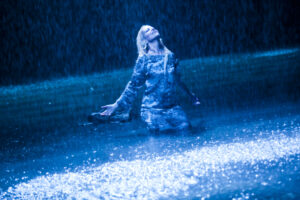
Lise Lindstrom in Mariusz Treliński’s production of The Flying Dutchman, Photo: Krzysztof Bieliński, Teatr Wielki-Opera Narodowa
Part 2
Wagnerian Heights
Spontaneity must come in handy when you’re asked to jump into a role at the last minute without any rehearsals. The opera world is notorious for that. I remember Nina Stemme telling me how she had make her way onto a narrow walkway while blinded by a screen during her first performance in Zeffirelli’s Turandot at the Metropolitan Opera.
“The shower curtain” as we lovingly call it.
That’s right.
I had the same experience when I made my Met debut as Turandot. I had observed the rehearsals, but I’d never been on the set. Just before I had to go on, I turned to the stage manager to ask if he had any last words of wisdom and he simply replied, “Don’t fall down.” [laughs] Fortunately the performers escorting me told me to reach out and hold onto them. I also remember having to jump into the role of Salome at the Wiener Staatsoper. I’d arrived four or five days before the opening and had just done it somewhere else. We got to the point in the staging rehearsal where I was supposed to perform the Dance of the Seven Veils. I asked them to show me the dance and the stage director said, “It’s your dance,” to which I replied, “I don’t have one.”
They wanted one you’d prepared earlier?
I guess, with so many wonderful singers coming from all over the world to this incredible house and its beautiful production, it had always been easier to let them do a dance they were familiar with. Fortunately, the Wiener Staatsoper was able to provide a choreographer to work with me before the opening and, as a result, I now have my own signature dance.
 Lise Lindstrom as Salome, Photo: Prudence Upton – courtesy of Opera Australia
Lise Lindstrom as Salome, Photo: Prudence Upton – courtesy of Opera Australia
Did you feel cheated when you ended up having to share your dance with doubles in Gale Edward’s production of Salome for Opera Australia?
Not at all! I really loved it. First of all, I thought it worked and I liked all the symbolism involved. Secondly, it gave me a break and allowed me to evolve in the role without being the focus of attention. It’s really challenging to do Salome and perform the Dance of the Seven Veils. You have to sing your face off, dance your rear end off, and then sing your face off again. That’s the nature of the piece and it’s exciting to be able to do it. However, it’s nice when a production like that one allows you to have a little break.
It was still a very physical performance and I can remember you writhing around on your back as you played around with John the Baptist’s head in the most salacious way possible. I remember a time when opera singers were reluctant to move, in case it affected the way they sang.
There have been different trends in singing through the years, as well as with respect to how we view ourselves physically, regardless of whether we’re singers, actors, bankers, or lawyers. As a society, we have evolved and become generally more athletic, or at least athletically aware. When I started singing the role of Turandot, I was also afraid to raise my arm over a certain height, in case it should somehow compromise my internal alignment and ability to sing the role. Over time, I realized that I enjoyed the release of being physical onstage. I didn’t always like it, but I’ve found my way to being salacious with that head in Salome. I realized it produces a response from the audience that is appropriate to the piece. However, I don’t think that everyone should be athletic on stage all the time. As with all things, there’s a danger of going too far and not finding the middle ground. Some singers can move well, others can’t. I can think of a few productions that rely on a frenetic energy from the singer to infuse the staging with some sort of activity. That’s where I think the line needs to be drawn. I don’t understand what’s wrong with the actual story or why we have to deconstruct it. I love the prose of a libretto and the history of a piece. We’re basically doing Shakespeare with music, and it ought to be taken seriously. My job as an actor is to bring archetypes to life. It’s through these archetypes and the metaphor of the story that audience members are encouraged to find where they belong, and where their lives can be altered. It isn’t a question of how many moves you can squeeze in; how many plates of food you can dish up; or how quickly you can unpack a suitcase during your aria. Whatever busying activity there is, it needs to feed the story.
Since you’ve alluded to it, what is your view of the more extreme variety of Regietheater that can sometimes shoehorn an opera into a concept that threatens the work’s integrity?
It’s a very fine line. I’m all for probing questions, and the deconstruction of previously held ideas and concepts. However, a director will need to convince me it makes for a better or more interesting piece. Good directors can lay down a foundation for why it’s important that I do the kind of iconoclastic things I’ve done.
 Lise Lindstrom in Mariusz Treliński’s production of The Flying Dutchman, Photo: Krzysztof Bieliński, Teatr Wielki-Opera Narodowa
Lise Lindstrom in Mariusz Treliński’s production of The Flying Dutchman, Photo: Krzysztof Bieliński, Teatr Wielki-Opera Narodowa
Like singing Senta’s aria from The Flying Dutchman soaking wet while dancers splash about in the water around you?
That’s a great example, because I didn’t really understand where I fit in until the end of rehearsals. Once we were ankle-deep in water and being rained on the whole time, I finally realised this wasn’t necessarily the story of the Dutchman. It was a layering of something that we as a culture could espy and accept, while the story of the Dutchman unfolded beneath it. That was an example of the director making his case, and I absolutely went along with it.
Mariusz Treliński began his career as a film director. How did you find the experience of collaborating with him?
Mariusz was always exciting to work with … and excited to work. He was such a positive force in the room and there was an incredible team around him. It took me a while – probably two or three weeks – to understand his language and realise that he is a visual artist. That supersedes everything. I tend to go from the material to the visual, but he went the other way around. As soon as I stopped fighting for the version of The Flying Dutchman I’d previously learnt, I was happy and felt supported. I think we delivered something very special in the end.
Apart from Senta and Turandot, you quickly added Salome and Elektra to your repertoire.
I seem to specialize in screaming homicidal maniacs, apart from Senta … and Brünnhilde, of course. She’s the only one who comes full-circle and that’s very satisfying. She’s the most lifelike character in the way the chapters of her life unfold. I think that’s why we all love her so much.
 Lise Lindstrom as Elektra, Photo: © Vienna State Opera / Michael Poehn
Lise Lindstrom as Elektra, Photo: © Vienna State Opera / Michael Poehn
When you started out, did you think you’d become a dramatic soprano?
Never in a million years. I thought I was perhaps destined for an Aida or Il Trovatore and that would be my Fach. I just liked singing and making sound. Once I’d found my way to Turandot and had dared make a dramatic sound, I started to think I could add roles like Senta and Salome. In the first five years of my career, those three were my staple.
How did you come to take on the role of Brünnhilde?
Somebody suggested it and I answered, “Oh, I don’t think I can do that.” I wanted to stick to the “little Wagners”, as I like to call them. I had such a gigantic chip on my shoulder about not being worthy of the role of Brünnhilde, and I’d just overcome my anxiety about joining the ranks of those who’d sung Turandot.
What changed?
It suddenly hit me square on the head: How dare I not toss my hat into the ring with such an exclusive club of singers? And so, in 2013 I ended up in rehearsals with Graham Vick for my first Brünnhilde in Palermo. I owe Graham everything for my approach to the role. He treated Wagner’s libretto like Shakespeare, and he knew how terrified I was of messing it up. I never told him, but I think fear was written across my face. Every day he would schedule a one-on-one rehearsal with me and a pianist. He’d say, “Alright, let’s just read the words and say them to each other. I’ll be Wotan,” or “I’ll be Siegmund. Let’s figure out why you are singing to him. ”He taught me how to dissect the piece and find my own path with it. I continue to use that technique whenever I return to Brünnhilde, Elektra, Die Färberin in Die Frau ohne Schatten, or any other role. I dissect each one into the words of the play that it is. The voice then has a direction; the mind is engaged; and everything else stems from that. Growing up, I never thought I’d end up singing all these parts. Am I thrilled that I am? Big time!
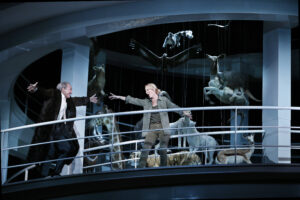 James Johnson (Wotan) and Lise Lindstrom (Brünnhilde) in Opera Australia’s Ring Cycle in Melbourne in 2016. Photo: Jeff Busby
James Johnson (Wotan) and Lise Lindstrom (Brünnhilde) in Opera Australia’s Ring Cycle in Melbourne in 2016. Photo: Jeff Busby
After all that ground work with Graham Vick, was it difficult to adjust to Neil Armfield’s staging of the Ring Cycle in Melbourne?
Neil had a fresh approach and his own version of the story that he wanted to tell. He’s got this quiet presence and solidity. Typically, I would enter the rehearsal room with my ideas and he’d say, “I like all of that, but what if we were to try x, y and z?” He would add things, but he never said, “Don’t do that.” Those words never crossed his lips. Instead, he gave me more information, so that we could build something together. That’s what was so exciting. As a result, my previous versions of Brünnhilde naturally started dropping away. Neil’s a subtle genius. He doesn’t come in with a baseball bat to knock you around. I’d love to work with him again.
You return to Australia next year for Chen Shi-Zheng’s digital Ring Cycle in Brisbane, which has been postponed due to the pandemic. Have you had a chance to talk to him about it?
Not yet. I had just finished my summer season in 2020 and was about to get on a plane to fly to Australia when everything was shut down. He and his team were there when I was wrapping up Salome and I met him only briefly. Everyone speaks incredibly highly of him, so I’m very excited.
And you’re about to fly to Germany to perform Brünnhilde in Götterdämmerung with Opera Leipzig.
That’s right. And then I go straight to Dresden for my Semperoper debut as Elektra. I’ve not been in that house yet, but the opera premiered there in 1909. You can’t make this stuff up! It’s really exciting to land and work in such historical places. I’ve also got a concert of Salome in Madrid, and then I’m singing Arnold Schoenberg’s Gurre-Lieder for the first time. I’m doing that at the London Philharmonic and also in Turin with the RAI National Symphony Orchestra.
 Photo: Rosie Hardy
Photo: Rosie Hardy
Do you ever get jaded about the life of an opera singer?
Never! It’s jaw dropping. I still remember the first time I stepped out onto the stage at La Scala and into the Arena di Verona. You can never forget that. I once did a stage audition in Vienna for Ioan Holender. As I walked out and gave my music to the pianist, I found myself standing in front of the prompt box and I completely lost my nerve. There I was on the stage of the Wiener Staatsoper, where Strauss, Mahler, Karajan, Kleiber, Nielsen, and so many other legends had performed. It was totally overwhelming.
How lucky am I to have those memories? One thing the pandemic has really made crystal clear is that you should never take such moments for granted, because you never know when you’ll get them back.
Are there any abandoned projects you hope to resurrect now that you’re able to perform again?
I was supposed to perform Isolde for the first time in Tokyo, but that was cancelled early in the pandemic. I had already started working on it aggressively, which is the way I work on things when I don’t have a lot of time. I cut them down into bite-sized chunks. After I’ve digested the first one, I take the next piece and combine the two. That’s how I managed to learn Die Färberin in Die Frau ohne Schatten and Elektra so quickly, even though they’re both huge, challenging roles.When Tristan und Isolde was cancelled, I hadn’t gone through my complete assimilation of the role. We were still six months out from our first performance, and I just put it to one side. Over the last year however, I’ve been taking it out again and learning the part the way Graham Vick taught me. Isolde is blowing my mind. It helps to read some Schopenhauer just to get your head around it, and I’m working on a deeper level to internalize the role. I learn a lot by moving through a character and finding a physicalization for words and phrases that seem cerebrally obtuse. Another challenge is handling Isolde’s anger. It’s very easy to burn yourself out early on and have nothing left vocally or physically for the rest of the opera.
Have you sought anyone’s advice?
I was texting with the great American soprano Linda Watson today and I asked her, “How does one learn the role of Isolde?” She wrote back, “Slowly”. I followed up with, “Any other tips?” and she replied, “Don’t get mad in the first act.” [laughs] |
 Lise Lindstrom in Mariusz Treliński’s production of The Flying Dutchman, Photo: Krzysztof Bieliński, Teatr Wielki-Opera Narodowa
Lise Lindstrom in Mariusz Treliński’s production of The Flying Dutchman, Photo: Krzysztof Bieliński, Teatr Wielki-Opera Narodowa







